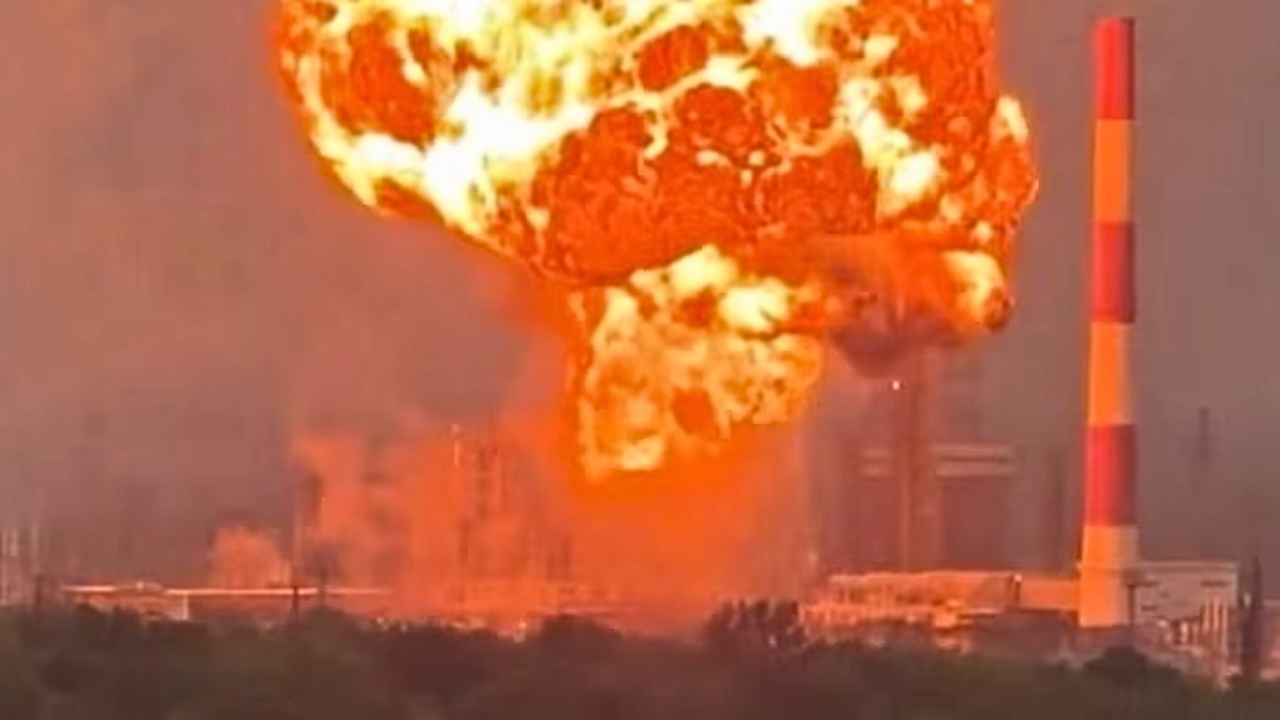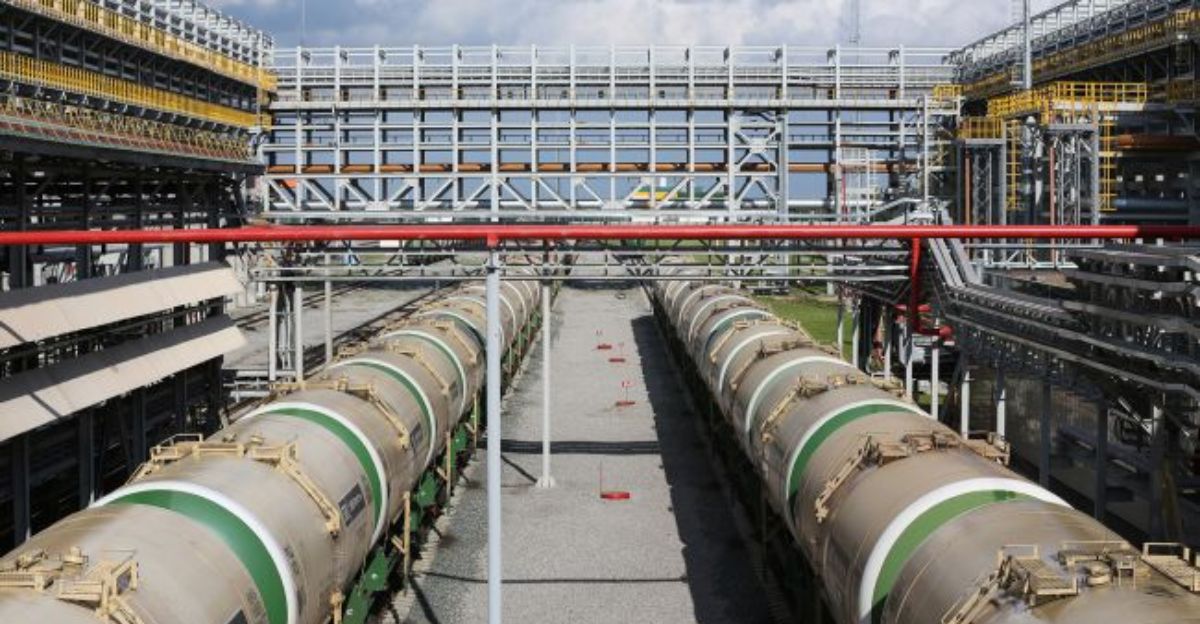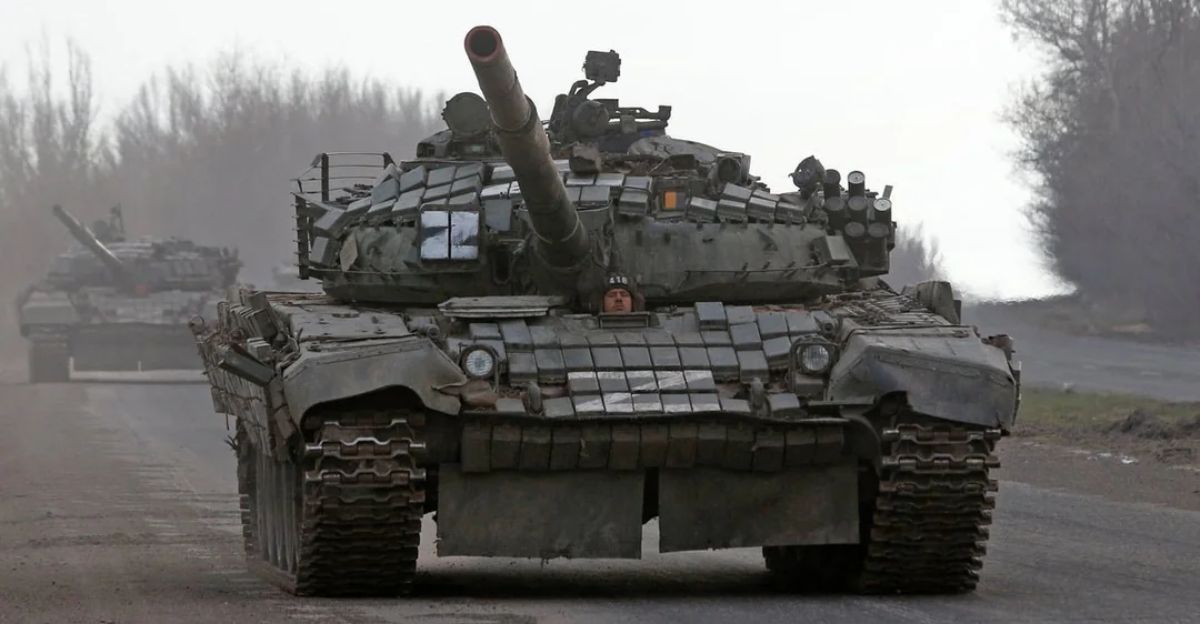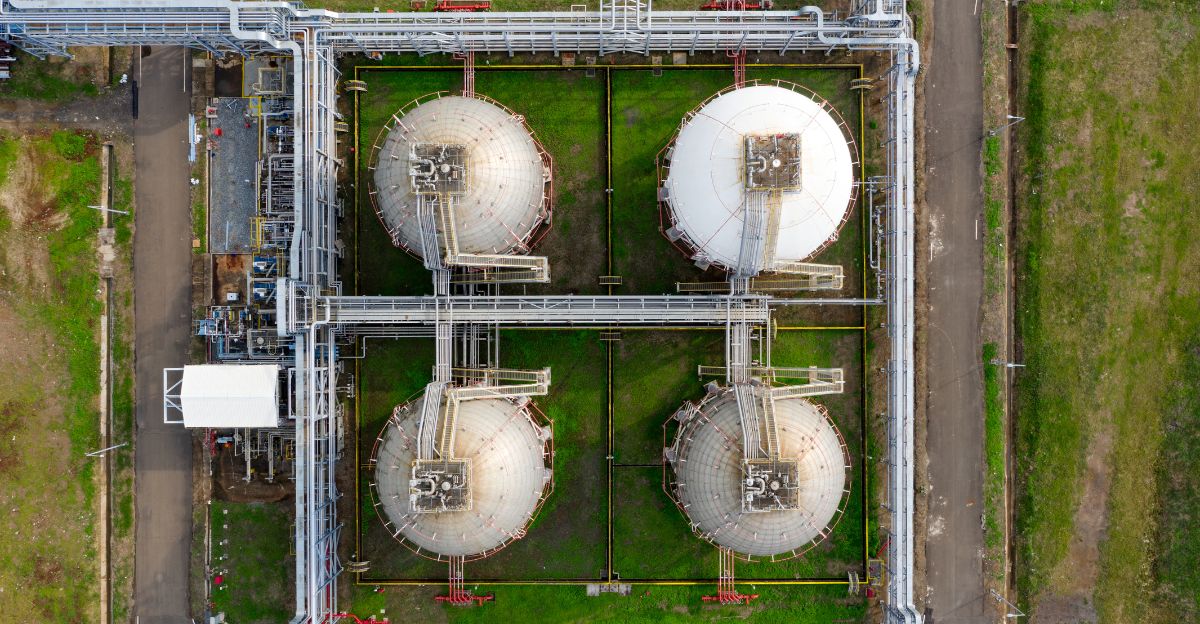
On October 31, 2025, Ukraine’s military intelligence executed what analysts describe as a significant destruction of Russian military fuel infrastructure during the war. In a coordinated overnight operation, all three lines of the Koltsevoy pipeline—a 400-kilometer artery carrying gasoline, diesel, and jet fuel to Russian forces—were damaged. The strike eliminated 60 million barrels of annual fuel capacity, equivalent to roughly $3.6 billion in annual fuel value. Within hours, the pipeline that supplied fuel to Russian military operations fell silent.
The timing proved consequential for Moscow’s overall logistics. Days earlier, on October 23, the US Treasury had sanctioned Russia’s two largest oil companies, Rosneft and Lukoil, which together account for significant Russian crude exports. Secondary sanctions threats triggered market responses: China’s state oil companies suspended Russian purchases, Indian refiners began reducing Russian crude imports effective around November 21, and Turkey shifted to alternative suppliers. Russian tankers became stranded at sea. Combined with the pipeline destruction, Russia’s oil export capacity faced significant disruption.
Kyrylo Budanov, Head of Ukraine’s Military Intelligence, captured the moment’s significance: “Our strikes have had more impact than sanctions. It’s just a mathematical truth.” The statement underscored a strategic pivot—Ukraine’s sustained campaign of nearly 160 attacks on Russian energy infrastructure in 2025 was proving more immediately disruptive than international economic pressure alone.
The Immediate Crisis Unfolds

By late October, Ukraine’s relentless targeting had pushed Russia into a domestic fuel shortage of approximately 20 percent. Gasoline, diesel, and jet fuel supplies tightened across the country, triggering long lines and rationing in more than 20 regions. The Koltsevoy strike alone disrupted significant fuel supplies used for military logistics. Civilians struggled to commute, heat homes, and maintain daily routines as fuel constraints spread.
Russian logistics and manufacturing firms faced operational challenges. With pipelines damaged, fuel transport shifted to congested rail networks and expensive trucking, increasing costs and causing widespread delays. Supply chains slowed, productivity dropped, and companies reported financial strain, forced overtime, or layoffs. Black-market fuel prices soared as alternative sources became overwhelmed. Belarus capitalized on the crisis, increasing exports to meet Russian demand and creating regional ripples across Eastern Europe’s fuel network.
Economic Shockwaves Across Russia and Beyond

Fuel production disruptions triggered layoffs and reduced hours for refinery and transport workers. Families dependent on these industries faced financial uncertainty, while rural communities struggled with access to heating fuel. Some regions reported emergency delays at hospitals as winter approached with limited heating in certain areas. Reduced fuel availability forced Russians to limit travel, rely on public transport, and work remotely—difficult choices between mobility, work, and warmth.
The Kremlin scrambled to contain the crisis through fuel rationing, price controls, and increased security at energy facilities across multiple regions. Government officials blamed Ukraine and Western allies, while opposition voices criticized poor planning and lack of transparency. These emergency measures revealed how dependent Russia’s centralized infrastructure had become.
Fuel disruptions contributed to inflation throughout the economy. Gasoline prices rose significantly from the year’s start, while food, transport, and consumer goods prices increased sharply. Households felt purchasing power constraints as central banks weighed economic impacts. Ukraine’s strikes demonstrated that targeting energy systems creates cascading effects, straining both military operations and civilian economies simultaneously.
Military Implications and Strategic Reach

The Koltsevoy pipeline supplied fuel for Russian military operations in eastern Ukraine, supporting logistics for forces in disputed areas. Its destruction disrupted fuel supply chains and logistics. Ukraine had effectively transformed energy infrastructure targeting into a tactical component of its strategy, constraining military logistics without direct combat engagement.
The scale of destruction was significant. Ukraine’s strike disrupted a substantial portion of fuel supplies used to support military vehicle operations. With energy security critical to military operations, the attack strained Russia’s logistical capacity. Striking deep into Russian territory underscored the tactical capabilities and operational reach of Ukrainian forces.
Global Implications and Future Uncertainty

International observers viewed Ukraine’s systematic targeting of Russian fuel infrastructure as strategically significant. The attacks highlighted vulnerabilities in Russia’s energy-dependent logistics, forcing governments worldwide to reassess their own energy security. Global energy markets reacted to the disruptions, with investors monitoring supply impacts.
Separately, on November 14, Ukraine struck the Sheskharis oil terminal at Novorossiysk port, temporarily suspending exports of approximately 2.2 million barrels per day (roughly 2% of global supply) for two days before loadings resumed. This attack demonstrated Ukraine’s capacity to disrupt major export infrastructure distinct from the pipeline destruction.
With continued vulnerability to further strikes and ongoing international sanctions, Russia faces persistent logistical and economic challenges. Western sanctions and secondary effects compound the pressure. Ukraine’s infrastructure campaign has reshaped operational dynamics, emphasizing energy security as a strategic factor. The coming months will test both sides’ adaptability, with fuel logistics influencing frontline operations, policy decisions, and international developments.
Ukraine’s precision targeting of Russian fuel infrastructure signals evolving military tactics—one where energy systems are recognized as strategic military targets and infrastructure vulnerability affects operational capacity. Countries worldwide are reassessing supply chains, emergency reserves, and strategic dependencies on energy. The Koltsevoy pipeline strike demonstrates that sustained targeting of critical infrastructure creates cascading economic and operational effects, signaling that energy security has become inseparable from military and national stability. Modern conflict increasingly involves economic and infrastructural leverage alongside conventional military operations, where logistics and civilian resilience have become critical factors.